BTU output
dbmet
12 years ago
Related Stories

KITCHEN DESIGNHow to Choose the Right Hood Fan for Your Kitchen
Keep your kitchen clean and your home's air fresh by understanding all the options for ventilating via a hood fan
Full Story
KITCHEN DESIGN16 Practical Ideas to Borrow From Professional Kitchens
Restaurant kitchens are designed to function efficiently and safely. Why not adopt some of their tricks in your own home?
Full Story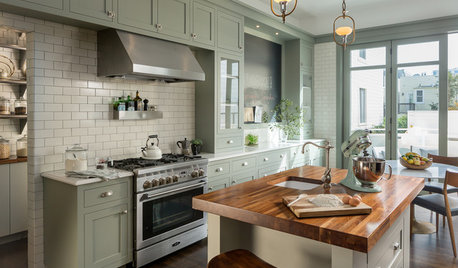
KITCHEN DESIGN7 Tricky Questions to Ask When Planning Your New Kitchen
Addressing these details will ensure a smoother project with personalized style
Full Story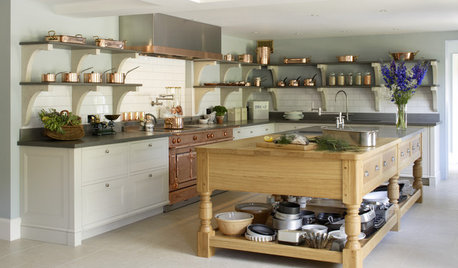
KITCHEN DESIGNA Modern Kitchen Inspired by Edwardian Style
Attention to detail and functionality make for a kitchen that is as beautiful to work in as it is to look at
Full Story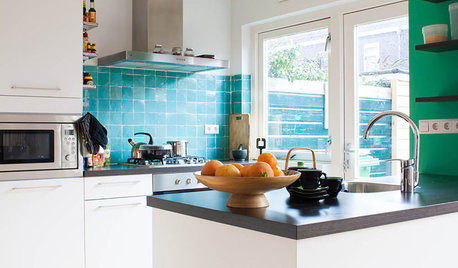
SMALL KITCHENSPersonal Spaces: Small-Kitchen Designs
In these kitchens, homeowners have found inventive ways to make the most of tight quarters
Full Story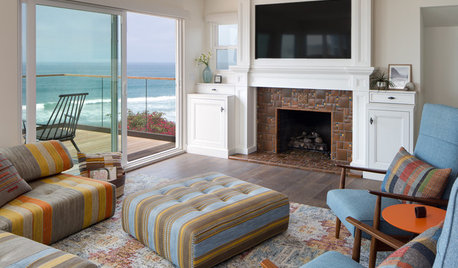
FIREPLACESNew This Week: 3 Fireplace Transformations, 3 Budgets
See how different approaches to tackling a focal-point fireplace can completely change the look of a living room
Full Story
FIREPLACESRibbons of Fire: 10 Artfully Minimalist Fireplaces
Long and lean and sleek to the core, these gas-burning fireplaces make a powerful contemporary statement
Full Story
KITCHEN DESIGNA Cook’s 6 Tips for Buying Kitchen Appliances
An avid home chef answers tricky questions about choosing the right oven, stovetop, vent hood and more
Full Story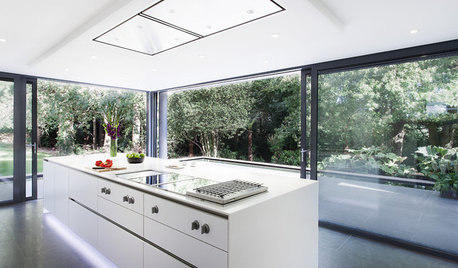
KITCHEN APPLIANCESDisappearing Range Hoods: A New Trend?
Concealed exhaust fans cut visual clutter in the kitchen
Full Story
FIREPLACESUpdated Woodstoves Keep Home Fires Burning
Better technology means more efficiency than ever for modern woodstoves
Full Story





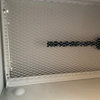
tigerdunes
ionized_gw
Related Professionals
Dana Point Solar Energy Systems · Peabody Solar Energy Systems · Rockledge Solar Energy Systems · Titusville Solar Energy Systems · Allen Home Automation & Home Media · Framingham Center Home Automation & Home Media · Naperville Home Automation & Home Media · Newark Home Automation & Home Media · Oak Hill Home Automation & Home Media · Richfield Home Automation & Home Media · San Marino Home Automation & Home Media · Tarpon Springs Home Automation & Home Media · Chelsea Fireplaces · West Valley City Fireplaces · Winthrop FireplacesdbmetOriginal Author
brickeyee
ionized_gw
brickeyee
ionized_gw
brickeyee
udarrell